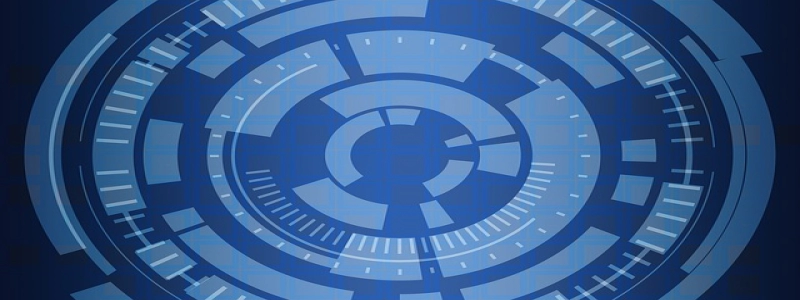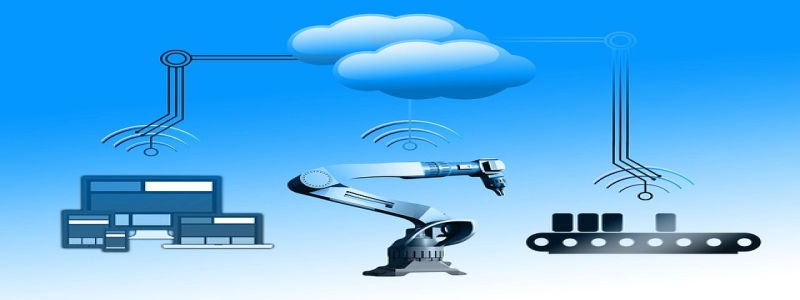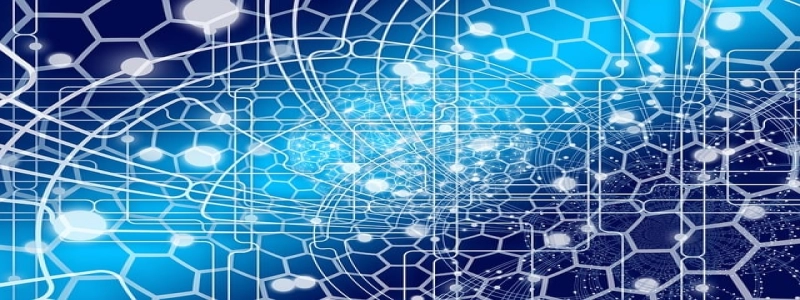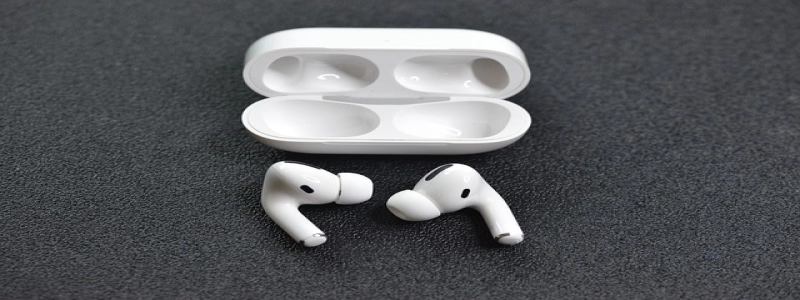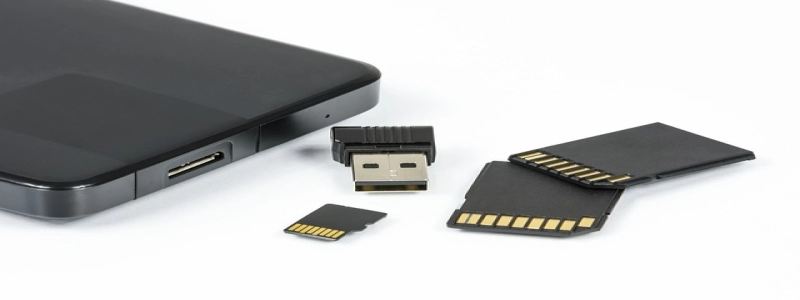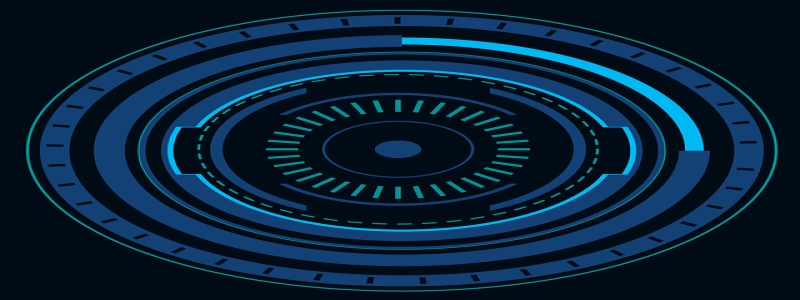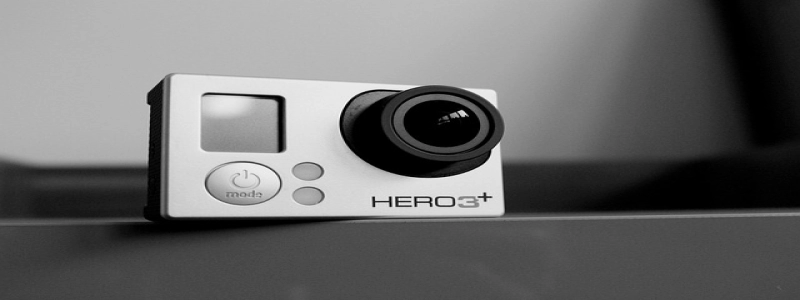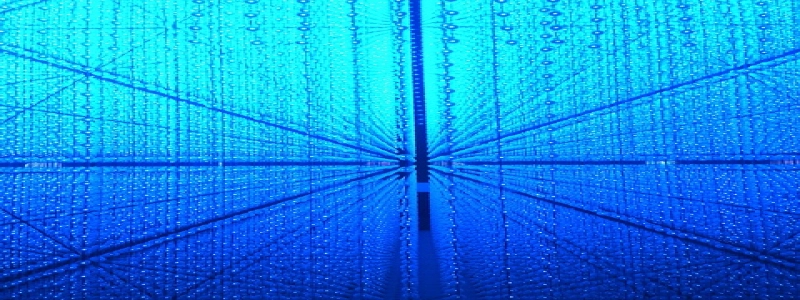Ethernet Twisted Pairs
1. Introduction
Ethernet twisted pairs are a type of cabling that is commonly used in computer networks. This article aims to provide a detailed explanation of Ethernet twisted pairs, including their structure, advantages, and applications.
2. Structure of Ethernet Twisted Pairs
Ethernet twisted pairs consist of multiple pairs of insulated copper wires. Each pair is twisted together to reduce electromagnetic interference (EMI) and crosstalk. The number of pairs can vary depending on the type of Ethernet cable, with commonly used cables having four pairs.
3. Advantages of Ethernet Twisted Pairs
3.1 EMI Reduction: The twisted structure of the pairs helps in reducing EMI, which can disrupt the data transmission in the cable. This makes Ethernet twisted pairs suitable for high-speed data transmission.
3.2 Crosstalk Reduction: The twisting of wires reduces crosstalk, which occurs when signals from different pairs interfere with each other. This ensures a reliable and efficient data transfer in Ethernet networks.
3.3 Cost-effective: Ethernet twisted pairs are relatively inexpensive compared to other types of cabling, making them a popular choice for many network installations.
4. Types of Ethernet Twisted Pair Cables
4.1 Category 5e (Cat5e): This is a commonly used Ethernet cable that supports data transfer rates up to 1 Gigabit per second (Gbps). It is suitable for most Ethernet applications in homes and small businesses.
4.2 Category 6 (Cat6): Cat6 cables provide enhanced performance and support data transfer rates up to 10 Gbps. They are commonly used in larger networks and for applications requiring higher bandwidth.
4.3 Category 6a (Cat6a): This cable offers even higher performance and is capable of supporting data transfer rates up to 10 Gbps over longer distances. It is commonly used in data centers and other high-demand environments.
5. Applications of Ethernet Twisted Pairs
5.1 Local Area Networks (LANs): Ethernet twisted pairs are widely used in LANs for connecting computers, printers, and other devices. They provide a reliable and cost-effective solution for office and home networks.
5.2 Internet Service Providers (ISPs): ISPs use Ethernet twisted pairs to provide broadband internet services to homes and businesses. The cables connect the customer’s premises to the ISP’s network infrastructure.
5.3 Data Centers: Ethernet twisted pairs are essential in data centers to interconnect servers, routers, and storage devices. The high-speed and reliable transmission capabilities of twisted pairs are crucial for efficient data handling.
6. Conclusion
Ethernet twisted pairs are an integral part of modern computer networks. Their twisted structure reduces EMI and crosstalk, ensuring reliable and efficient data transmission. With various categories available, Ethernet twisted pairs cater to different network requirements and are widely used in LANs, ISPs, and data centers.
